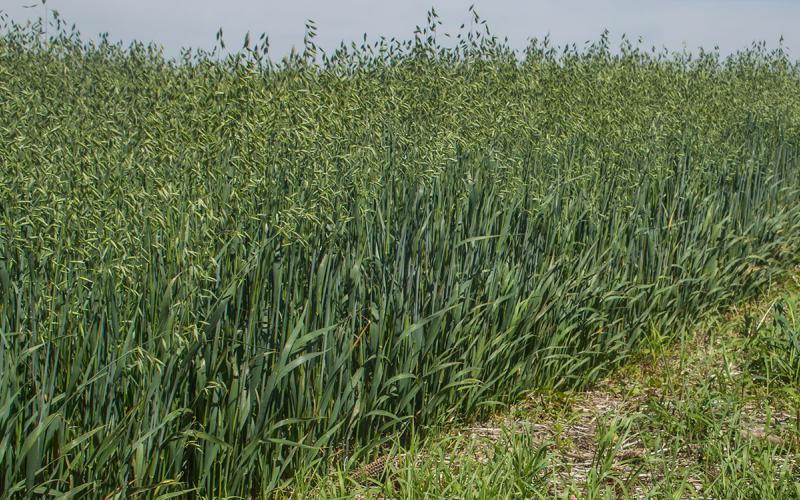Written with contributions by Emmanuel Byamukama, former SDSU Extension Plant Pathologist, and Dalitso Yabwalo.
SUMMARY
A number of field trials were implemented in the 2020 growing season with the general objective of assessing various disease management practices suitable for South Dakota growers and the Great Plains. Specific objectives included testing different application rates, times, sequential applications of different product combinations of both experimental and commercial fungicides to manage foliar diseases and scab of wheat (Fusarium head blight or FHB). These studies were conducted at four locations within the state namely; Brookings (east of campus), North Brookings, Northeast research farm (NERF) near South Shore, and Volga research farm.
Most of the trials were planted in May with soil temperatures between 45 and 57 degrees F. Ambient temperatures were around 54 degrees F with near normal moisture average of 2.6 inches. Germination was slow due to the cooler conditions, especially at Volga, which had excess moisture owing to previous season’s excess precipitation. Prevailing conditions were not conducive to the development of high intensities of fungal diseases except in artificially infected and irrigated/misted fields. Consequently, measured variables such as disease severity and yield in most of the experiments did not show statistically significant differences among treatments. However, visible differences may be of significance under the large field scale. Generally, where disease pressure was relatively high, fungicide application resulted in a substantial protection of quality and yield potential.
All fungicides and bactericides used in these studies were approved for use in SD at the time of application. Where advanced stage experimental products were used, strict guidelines were followed to ensure environmental safety, including native fauna and flora. Alternative application approaches that are not currently part of the product label such as crop, timing and/or rate were used for research purposes. Therefore, results from these research endeavors should not be considered recommendations until the research is finalized and official recommendations are communicated. Growers using any chemical products should always consult product labels regarding safe and appropriate chemical handling such as personal protection requirements, re-entry intervals, pre-harvest use, application rates and methods and any other important information.
ACKNOWLEDGEMENTS
Implementation of these field studies was possible with invaluable assistance provided by personnel from various programs in the department of Agronomy, Horticulture and Plant Science at SDSU. Some of the programs that rendered assistance include Winter Wheat Breeding, Spring Wheat Breeding, Crop Performance Testing, Entomology, Foundation Seed, Northeast, Southeast and Volga Research Farms.


